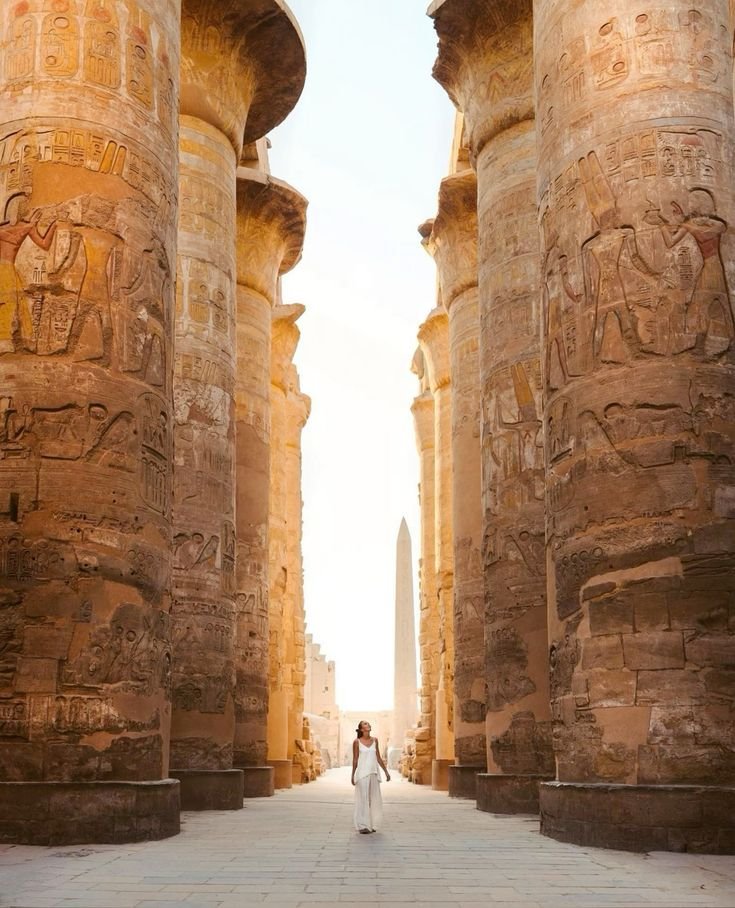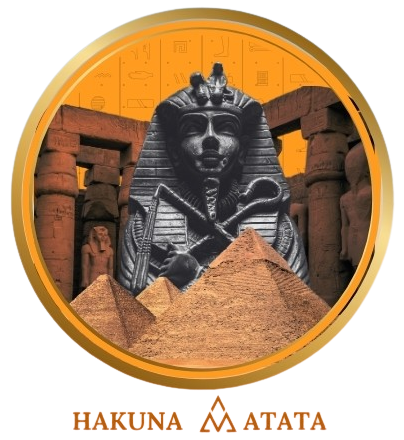Introduction: Karnak Temple in Luxor is one of the most awe-inspiring attractions of ancient Egypt. Known for its colossal structures and rich history, this temple complex offers fascinating insights into the world of the pharaohs. In this article, we uncover ...[ read more ]


